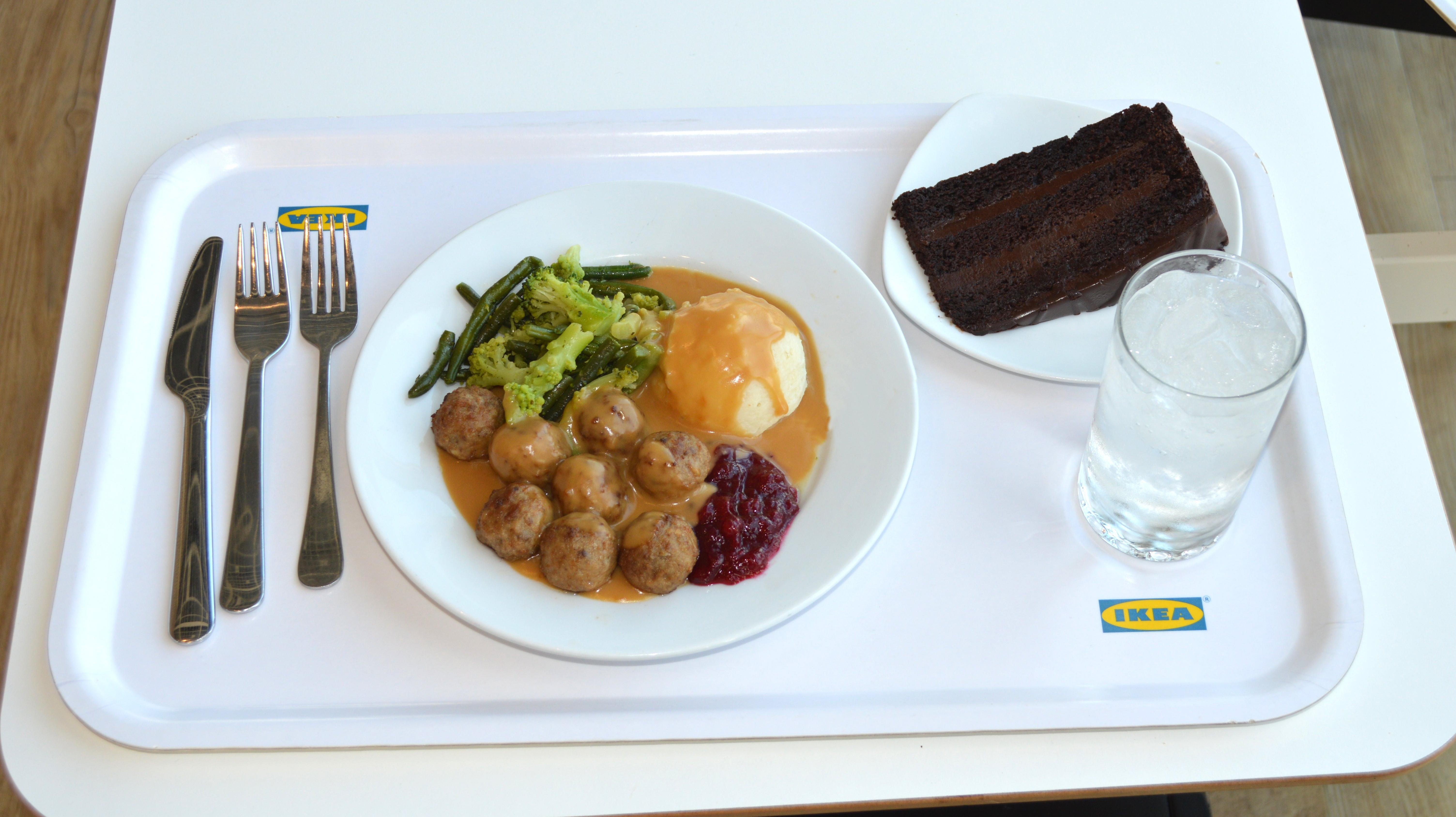Why Big-Box Stores Want Us To Eat And Shop
IKEA's meatballs introduced a sales strategy adopted by many major brands.
As a group with Scandinavian roots, my family takes its Swedish meatballs very seriously. They're a holiday staple, beloved even by my Norwegian grandfather. So when Swedish meatballs live up to our standards, that means they're really really good. IKEA's meatballs meet those standards.
I love IKEA's meatballs so much that I barely ever stopped to wonder why they even existed in the first place—don't look a gift horse in the mouth, as that saying goes. But it turns out there's a very strategic reason for the iconic cafe offering, one that can be applied to many large-scale stores.
Why does IKEA sell meatballs?
IKEA's first in-store cafe, which was opened in 1953 in Älmhult, Sweden, served only coffee and cake, slowly adding other traditionally Swedish menu items like potato mash and sausage, CNN reports. It wasn't until 1985 that meatballs were introduced. The manager who revamped IKEA's menu said that meatballs were ideal because they were still distinctly Swedish while still appealing to taste buds in all nations where stores were built. They were also efficient to prep ahead of time then freeze and transport, making the cook time minimal in the actual IKEA kitchen.
The placement of the cafes in the store was deliberate, too. You can pick up meatballs in the middle of most stores, not close enough to the entrance that you're just popping in to grab and go without seeing what the store has to offer, but not far enough away from the entrance that you get too hungry and give up before getting there. Which leads to the reason IKEA has made cafes a vital part of its business plan in the first place: The store is just too dang big, and people get hungry while trying to cover all that ground.
"Our mission was to make sure that no one left an IKEA store because of being thirsty or hungry," one former IKEA manager told CNN. If halfway through the winding aisles of the kitchen section someone suddenly needed a bite, they'd be more likely to leave to get food and not return to make a purchase. But with the option to dine and shop, customers spend more money at both the cafe and the store.
Other chains with in-store dining options
The IKEA model explains why the stores that are more likely to have a food court or cafe are big wholesale warehouses, like Costco and Sam's Club; home improvement stores, like Home Depot; and all-purpose big-box stores like Target, which now more often than not feature a whole Starbucks inside.
Costco is so confident that well-fed customers will spend more in its stores that it has kept the cost of its hot dogs the same for the last 36 years, despite inflation. No need to make a profit at the food court when customers are about to go wild buying in bulk.
And these in-store meals become part of the companies' branding as well. IKEA meatballs have become even more iconic than the furniture itself. It's a model that more stores should adopt so that we never have to shop hungry again.
